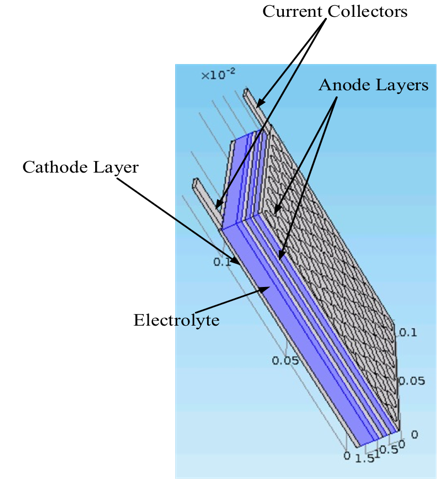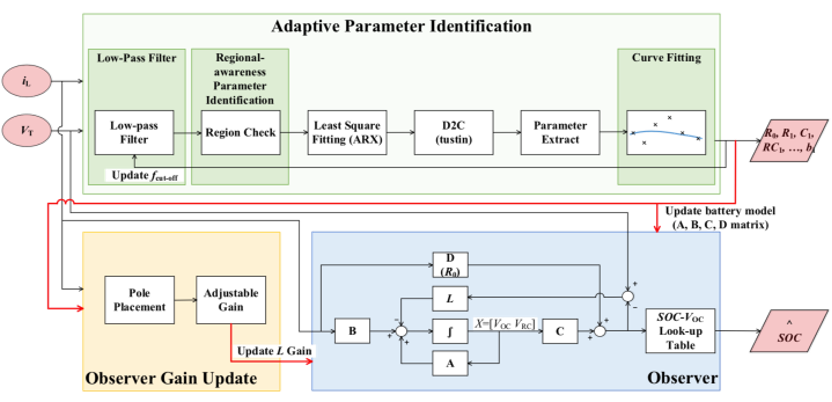Samsung Project – Big Data Based Remaining Driving Range Estimation

The amount of data collected in Electric Vehicles has been growing fast because we have many more sensors, higher bandwidth communication systems, and cheaper memory to monitor and measure real-time driving range related data and store the data on the vehicles, in connected clouds, etc. This massive amount of data can have different levels of accuracy, resolutions, and relevance in unstructured ways. Big Data technologies have been emerging to address huge, diverse and unstructured data to substantially improve the overall system performance. With proper use of Big Data concepts and techniques, the remaining driving range estimation of the vehicle can be substantially improved.
The range estimation needs the incorporation and synchronization of all standard, real-time and historical data. Usually, the standard and historical data provides an initial prediction of the driving range; and the real-time data updates the estimation during the driving. However, under different conditions, some data are more relevant than others for the range estimation. This data can be historical, standard, or real-time depending on different situations. The big data analytics helps us identify the relevant data and discover its correlation to the remaining driving range estimation.
Publication
[1] H. Rahimi-Eichi and M.-Y. Chow, “Big-Data Framework for Electric Vehicle Range Estimation,” presented at the 40th Annual Conference of the IEEE Industrial Electronics Society (IECON2014), IEEE, Dallas, TX , 2014.
[2] Z. Cheng, M. Chow, D. Jung and J. Jeon, “A big data based deep learning approach for vehicle speed prediction,” 2017 IEEE 26th International Symposium on Industrial Electronics (ISIE), Edinburgh, 2017, pp. 389-394, doi: 10.1109/ISIE.2017.8001278.
[3] D. Jung, M. Chow, Z. Cheng, and J. Jeon, “Method and apparatus for estimating driving information,“US10215579B2, 2019.
Sponsor:










